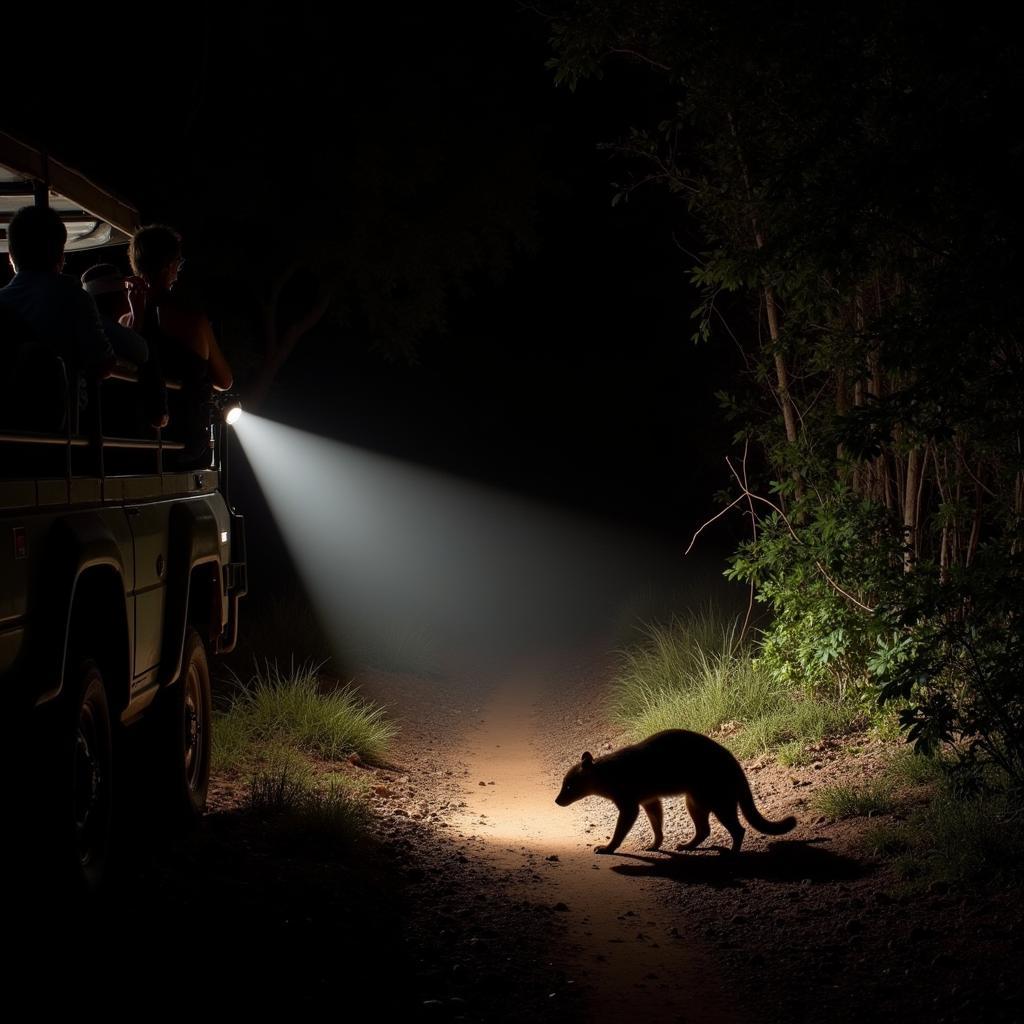Unveiling the Mysteries of the African Desert
The African Desert, a vast and unforgiving landscape, holds a captivating allure for adventurers and nature enthusiasts alike. Far from being a barren wasteland, these deserts teem with a surprising diversity of life and hide ancient secrets beneath their sun-baked sands. Join us as we journey through the heart of the African desert, exploring its unique ecosystems, fascinating cultures, and the remarkable ways in which life thrives in this extreme environment.
A Tapestry of Deserts: Exploring Africa’s Arid Landscapes
The African continent is home to some of the world’s most iconic deserts, each with its own distinct character and allure. From the rolling dunes of the Sahara, the largest hot desert on Earth, to the stark beauty of the Namib Desert, sculpted by the relentless Atlantic winds, these arid landscapes offer a glimpse into the raw power of nature.
The Sahara: A Sea of Sand and Secrets
Spanning over 9 million square kilometers, the Sahara Desert dominates the northern part of Africa. Its name, derived from the Arabic word for “desert,” evokes images of endless sand dunes, shimmering mirages, and scorching sun. Yet, the Sahara is far from monotonous. Within its vast expanse lie hidden oases, rugged mountain ranges like the Tibesti Mountains, and ancient rock art sites that offer glimpses into the lives of its earliest inhabitants.
The Namib: Where the Desert Meets the Ocean
Along the southwestern coast of Africa, the Namib Desert unfolds in a dramatic clash between land and sea. Considered the oldest desert in the world, the Namib is renowned for its towering sand dunes, some reaching heights of over 300 meters. The interaction between the cold Atlantic currents and the hot desert air creates a dense fog that blankets the coastline, sustaining a unique ecosystem of plants and animals adapted to survive with minimal rainfall.
A Symphony of Adaptation: Life in the African Desert
Life in the African desert is a testament to resilience and adaptation. Plants and animals have developed remarkable strategies to cope with the extreme temperatures, limited water availability, and harsh sunlight.
Masters of Conservation: Desert Flora
Desert plants have evolved ingenious ways to conserve water. Succulents, like the iconic quiver tree, store water in their fleshy leaves and stems, while others, like the Welwitschia mirabilis, a living fossil found in the Namib Desert, have adapted to absorb moisture from fog. Deep root systems allow some plants to tap into underground water sources, while others have short life cycles, germinating and flowering only during rare periods of rainfall.
Creatures of the Night: Desert Fauna
Many desert animals are nocturnal, avoiding the scorching daytime heat by venturing out to hunt and forage under the cooler night sky. The fennec fox, with its distinctively large ears that help dissipate heat, is a master of desert survival. Other iconic desert dwellers include the addax antelope, the Dorcas gazelle, and the Saharan cheetah, all adapted to thrive in this challenging environment.
Cultural Tapestry: Human Presence in the Desert
Despite the harsh conditions, the African desert has been home to humans for millennia. Nomadic tribes, like the Tuareg people of the Sahara and the Himba people of the Namib, have adapted their lifestyles to the rhythms of the desert, moving their herds in search of grazing lands and water sources. Their traditional knowledge, passed down through generations, is essential for their survival in these challenging environments.
Oases of Life: Desert Settlements
Scattered across the vast expanse of the African desert are oases, verdant pockets of life sustained by underground water sources. These oases serve as vital hubs for trade, agriculture, and human settlement. Date palms, which thrive in these sheltered environments, provide food, shade, and building materials. Oases like Siwa in Egypt and Timimoun in Algeria offer glimpses into traditional desert life and the ingenuity of human adaptation.
The African Desert: A Journey of Discovery
From the towering dunes of the Sahara to the fog-shrouded coastline of the Namib, the African desert offers a journey of discovery unlike any other. It’s a land of stark beauty, unforgiving conditions, and remarkable resilience, where life finds a way to thrive against all odds. Whether you’re captivated by its natural wonders, fascinated by its ancient cultures, or simply seeking adventure, the African desert promises an unforgettable experience.
Have you ever dreamed of venturing into the heart of the African desert? What aspects of this unique environment intrigue you the most?
FAQ: Exploring the African Desert
1. What is the largest desert in Africa?
The Sahara Desert, spanning over 9 million square kilometers, is the largest desert in Africa and the largest hot desert in the world.
2. What is the oldest desert in the world?
The Namib Desert, located in southern Africa, is considered the oldest desert in the world, with its formation dating back at least 55 million years.
3. What is a fennec fox?
The fennec fox is a small nocturnal fox known for its distinctively large ears, which help dissipate heat. It is well-adapted to desert life and found in the Sahara Desert and other parts of North Africa.
4. What is an oasis?
An oasis is a fertile area in a desert, typically surrounding a spring or well. Oases serve as vital hubs for human settlement, agriculture, and trade in desert regions.
5. What are some of the challenges of living in the African desert?
Living in the African desert presents numerous challenges, including extreme temperatures, limited water availability, harsh sunlight, and the constant threat of sandstorms.
6. How have plants adapted to survive in the African desert?
Desert plants have evolved various adaptations for survival, including water storage in leaves and stems, deep root systems, short life cycles, and the ability to absorb moisture from fog.
7. What are some of the animals that live in the African desert?
The African desert is home to a diverse array of animals, including fennec foxes, addax antelopes, Dorcas gazelles, Saharan cheetahs, camels, and various species of reptiles and insects.
Need More Information?
For further insights into the captivating world of the African desert, explore these related topics:
- African Desert & Ocean: Delve deeper into the unique intersection of the desert and the ocean.
- African Desert Animals Adaptations: Discover the fascinating adaptations that allow animals to thrive in this extreme environment.
- African Desert Fox Crossword Puzzle: Test your knowledge about the iconic fennec fox with this engaging crossword puzzle.
- African Desert Fox Clue: Need a hint for your crossword puzzle? Find a clue related to the African desert fox here.
- African Desert IELTS Reading: Improve your reading skills with this IELTS passage about the African desert.
Get in Touch!
Ready to embark on your own African adventure? Contact us for personalized travel arrangements, expert advice, and exclusive access to the hidden gems of the African desert.
Contact Information:
Phone: +255768904061
Email: [email protected]
Address: Mbarali DC Mawindi, Kangaga, Tanzania
Our dedicated team is available 24/7 to assist you with all your travel needs.


